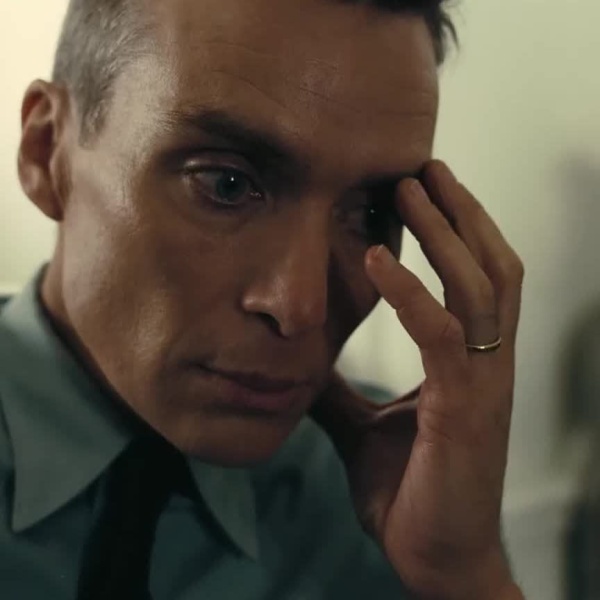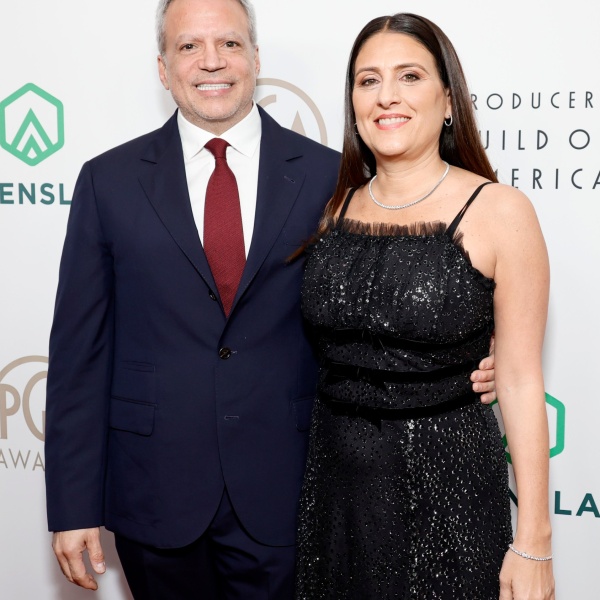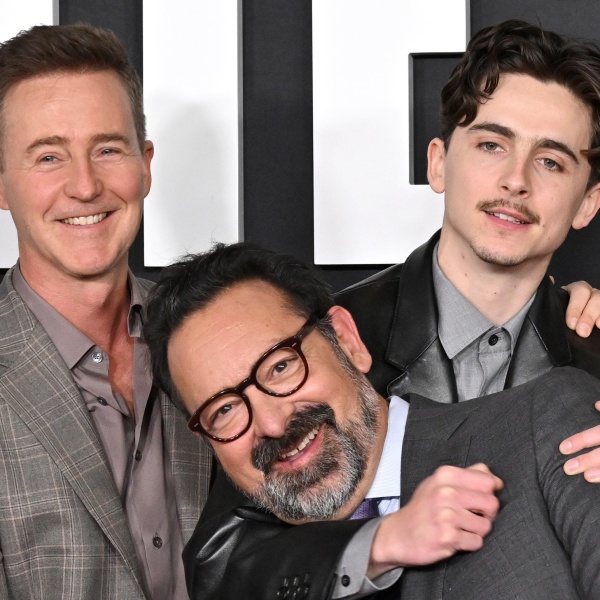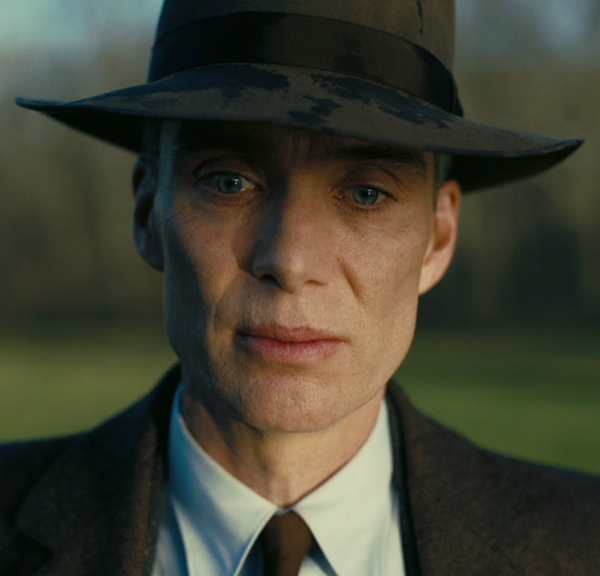At the Venice Film Festival press conference for “Maria,” filmmaker Pablo Larraín’s latest portrait of an iconic woman of the 20th century, one journalist was bold enough to ask whether or not Angelina Jolie had the Oscars in mind upon taking the role (to be fair, Larraín’s films “Jackie” and “Spencer” both netted his leading ladies Best Actress nominations.) Ever the diplomat, the Academy Award winner pulled the focus back to Maria Callas, the supreme opera diva she portrays in the film. “In my own business if there’s a response to the work, I’m very grateful, but in my heart to disappoint the people who love her and who she means a lot to, and her legacy, I came to care for her,” she said. “I didn’t want to do a disservice to this woman.”
If the reaction to the film out of its world premiere at Venice is any indication, Jolie has nothing to worry about. The film, which imaginatively recounts the Callas’s final days got one of those infamously long applauses on the Lido that rockets its recipients to Oscar frontrunner status.
To dive deeper into the film’s awards ambitions, though, we must first talk about this year in film. Unlike last year, when the majority of the Best Picture nominees premiered in the first half of the year, 2024 has been pretty dire from an Oscars standpoint. The Academy guarantees 10 nomination slots for Best Picture, but the only film this year to have both the critical and commercial success to feel like a shoo-in for Academy Award recognition is “Dune Part Two” (and that may still be dampened by the fact it is a sequel).
Prognosticators and voters alike are looking to fall film festival premieres to finally provide a more competitive landscape, so there is already an inclination to want to like “Maria.” It also helps that Larraín’s previous two films, with which “Maria” is in conversation, “Jackie” and “Spencer,” got a Best Actress nomination at the very least.
Again, how the movie would get there is more about the current film landscape, but it is fair to say that right now, it has the goods to probably receive even more nominations than the three that “Jackie” did. Not only is it a much meatier role than what we have seen from Jolie in the past decade, the star has also been savvy about how she relates the role to her personal life.
Also at the Venice press conference for the film, when asked what her similarities to Callas are, she said, “There’s a lot I won’t say in this room that you probably know and assume,” slightly nodding to the contentious divorce from Brad Pitt that has played out in the public for nearly a decade. Though her official answer was they both have a softness and vulnerability the public never quite gets a chance to see.

“Maria” is so much of a star vehicle for Jolie that co-stars like Pierfrancesco Favino, Alba Rohrwacher, and Kodi Smit-McPhee never quite get their own moment in the film to elevate them to a Supporting Actor or Actress nomination. This is a film whose Oscar chances are much, much higher in the below the line categories.
Instantly, Best Cinematography comes to mind as “Maria” rejoins Larraín with Ed Lachman, his director of photography on “El Conde” who received the film’s sole Oscar nomination. This time, the work is not as stylized but still feels shot in an innovative, impeccable way. A Best Makeup and Hairstyling also comes to mind as “Maria” boasts Heike Merker as its hair & make-UpdDesigner coming off of her Oscar nomination for “All Quiet on the Western Front.” A useful awards narrative the film already has in play is the way the film team has talked about the subtle prosthetic makeup put on Jolie to help her resemble Callas in a way that enhances, not distracts from, her performance.
Though Larraín is working this time with costume designer Massimo Cantini Parini, rather than his “Jackie” collaborator Madeline Fontaine (who received an Oscar nomination for the 2016 film), his work in “Maria” is still right up Academy voters’ alleys with its gilded opera costumes and period outfits fit for Paris in the 1970s. Same goes for the film’s production design by Guy Hendrix Dyas, though the movie may be too confined to Callas’ admittedly palatial apartment to put it at the top of voters lists in that category.
In terms of categories where “Maria” has less of a shot, it does not have an original score, taking it out of one category “Jackie” got nominated for. Though sound is clearly a major factor in a portrait of one of the most influential singers of all time, the Best Sound category tends to gravitate toward more masculine titles like recent winners “Top Gun: Maverick,” “Dune,’ and “Ford v Ferrari.” It is also far from the type of film that becomes a Best Visual Effects nominee.
Best Editing, Best Original Screenplay, and Best Director are kind of toss-ups. The editing is notable enough but could get forgotten once other awards contenders start premiering. Larraín and “Maria” screenwriter Steven Knight are two of the most prolific people currently working in their profession, so more Oscar recognition seems due, but it is ultimately too early to tell if they can go the distance.
Netflix has acquired the U.S. rights to “Maria” after acquiring “Emilia Perez” at Cannes and producing the latest August Wilson adaptation “The Piano Lesson,” so their awards slate is starting to get packed. “Maria” has a long fall festival run coming, having been added to the lineups for Telluride, TIFF, and the New York Film Festival. Right now, it is being positioned as a Best Actress vehicle rather than a Best Picture contender, but a lot can change in the next few weeks, and Netflix, of all places, knows how to pivot its attention to another one of its films should the awards buzz start building for it.







